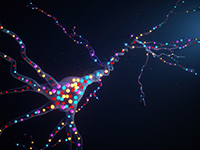The last few decades have seen a surge of invention of technologies that enable the observation or perturbation of information in the brain. This toolbox has grown to the point where the strategic utilization of multiple neurotechnologies in conjunction with one another, as a system, may yield fundamental new capabilities, both scientific and clinical, beyond what they can offer alone. For example, consider a system that reads out activity from a brain circuit, computes a strategy for controlling the circuit so it enters a desired state or performs a specific computation, and then delivers information into the brain to achieve this control strategy. Such a system would enable brain computations to be guided by predefined goals set by the patient or clinician, or adaptively steered in response to the circumstances of the patient’s environment or the instantaneous state of the patient’s brain.


